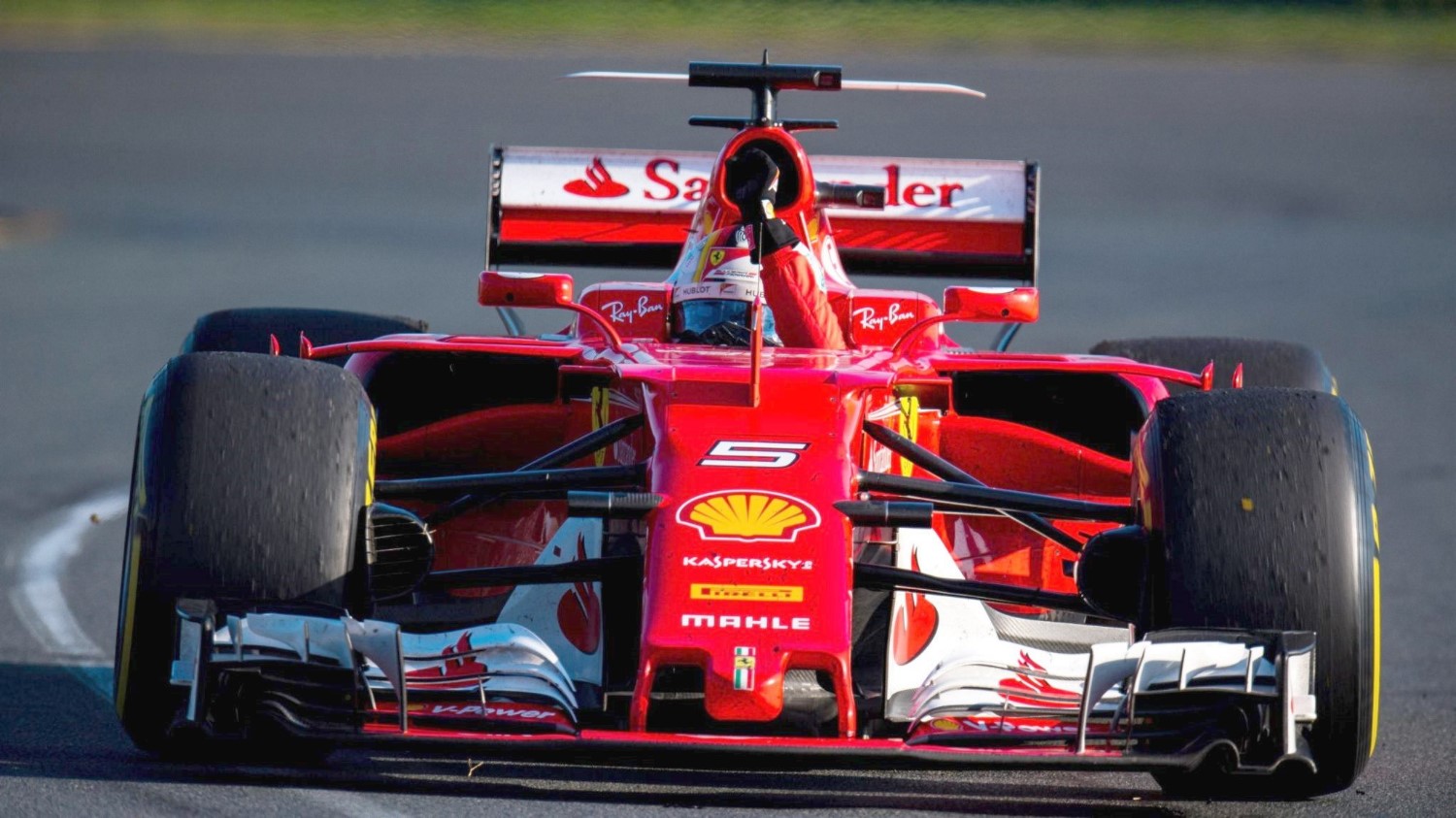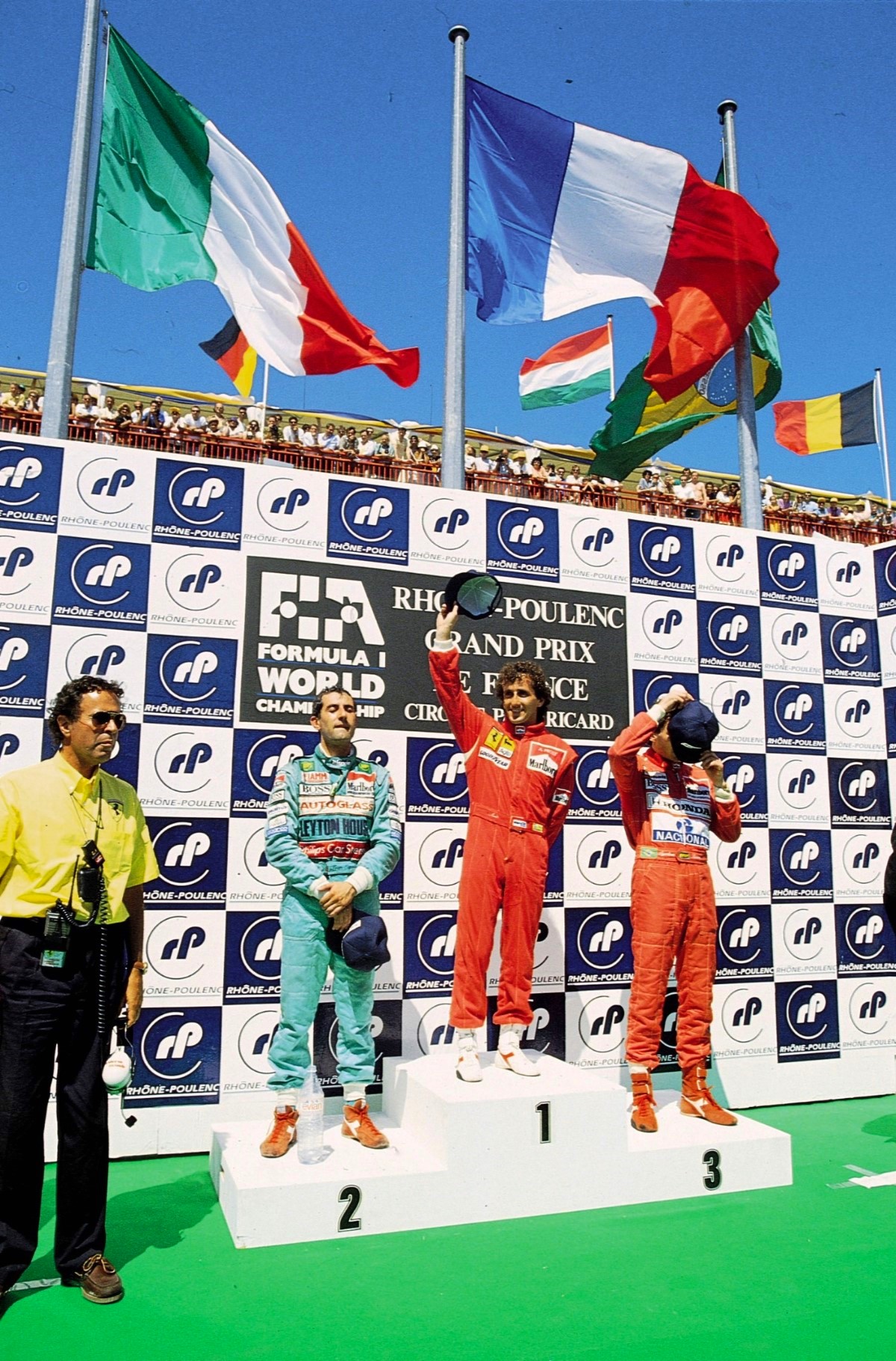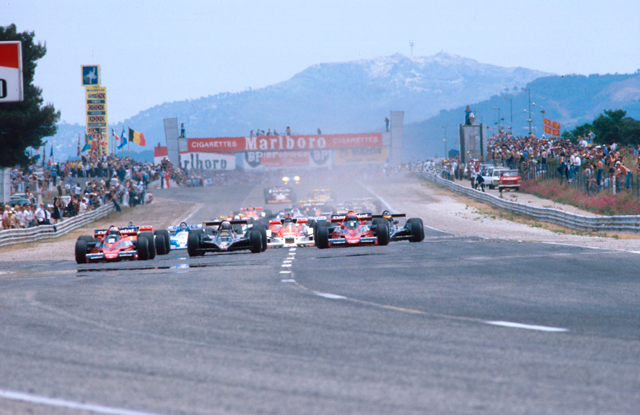2018 F1 car rule change highlights
 |
| Can Ferrari win again in Australia? |
Last year, the rules underwent a truly revolutionary change, but there will be less upheaval in 2018. Nevertheless, the look of the car will change in several areas. Also down to the regulations, there will be different parameters when it comes to how the mechanical components are managed. Let’s take a closer look at these changes, including their finer points:
Chassis and Aerodynamics. The most visible modification is the introduction of the HALO, the structure designed to protect the driver from being hit by a flying object. This change involved a great deal of work for the designers, on the one hand because the 5 kilo increase in the car’s minimum weight, to 733 Kg, only partly compensates for the weight of the component and, on the other, because of the inevitable effect on air flow. Aesthetically however, one can expect an improvement over the prototypes seen to date, thanks to it being slightly faired-in and also integrated into the livery of the car.
The large “shark fin" on the engine cover has almost completely gone, while the positioning of the transversely mounted T-wing, which all the teams used in 2017 to better direct air flow towards the rear wing has been reviewed. Also gone at the back end of the car is the crash wing, better known as the “monkey seat" which used to sit below the rear wing. The exhaust exit has been position further back and this year, as a further safety precaution, each wheel will have three cable tethers to prevent them detaching in an accident. The frontal crash test standard is also more severe and finally, on the front of the chassis, cars will carry a 360 degree video camera.
Power Unit. According to the sporting regulations, the number of internal combustion units (the V6 engines) that can be used over the course of the 21 race season, has been reduced from four to three, which means each one will have to deal with a 40% increase in its mileage. There are more severe restrictions on oil consumption, with just one type of lubricant allowed over the course of a race weekend, to be used at a rate of no more than 6 liters every 100 Km. There are new regulations relating to the positioning of some electrical components in the area around the rechargeable batteries, while further restrictions are imposed when it comes to rules regarding fuel and the air temperature going into the air intake, as well as of the exhaust gases.
Welcome Back Paul Ricard
 |
| 1990 French GP podium |
A historic circuit is back on the calendar, for the first time since 1990, a year that produced a very special Ferrari win.
The circuit can be found at the top of a road that is all twists and turns, near a fortified mediaeval village, between lavender hedges and with a sea breeze coming in from a few kilometres away. The setting for Paul Ricard is one of the most beautiful of all the venues on the F1 championship trail and this June it marks the return to the calendar of the French Grand Prix. In fact, two years ago, in January 2016, the cars from the blue riband category made a brief appearance here in Provence, for a tire test. This June, it heralds the return of an actual race that has not been held on French soil since 2008.
In fact, this new entry on the calendar is more of a classic event. The first Grand Prix at Paul Ricard, the track taking its name from the then mayor of Signes, who was the main benefactor involved in building the facility, was held in 1971 and a further fourteen times after that. The last race, in 1990, ended in victory for Alain Prost and Scuderia Ferrari, who had already won here in ’75 courtesy of Niki Lauda.
In 1990, Prost and his Ferrari 641 were in the hunt for the title right to the end, in a battle with Ayrton Senna and the McLaren-Honda. The Ferraris were immediately suited to the French circuit and its billiard-smooth surface, as confirmed by Nigel Mansell securing pole position with a time of 1’04"402. But in the race, the main opposition came from a very unexpected quarter in the shape of teammates Ivan Capelli and Mauricio Gugelmin, who lead almost to the finish. All the more amazing because, in the previous round in Mexico, the Leyton House cars could not even qualify. The English team’s strategy for the race was based on not stopping to change tires, despite the heat. However, Prost fought back, first getting the better of Gugelmin, whose engine then broke and then Capelli, whom he dealt with when there were three laps remaining. Mansell was less fortunate, retiring with a mechanical problem.
 |
| 1978 Paul Ricard Start – it's a drag race between John Watson in the Brebham and Mario Andretti in the Lotus |
For Prost and Ferrari it was the third win of the season: come the end of the year, the Scuderia had a total of six; five with Alain and one courtesy of Nigel. Even more important is the fact that, on that day, the Scuderia celebrated its 100th win in Formula One. What happened at Ricard was a classic example – although rare, even back then – of a leading team being challenged by an outsider. That summer, Prost took three wins in a row.
It’s worth noting that Le Castellet has almost always been a “modular" circuit with various configurations. In 1990, the race was held over the short 3.8 km track, whereas, when the French GP returns from the 22nd to 24th June, it will use a 5.861 km layout that has been renewed especially to mark the occasion. Ferrari
